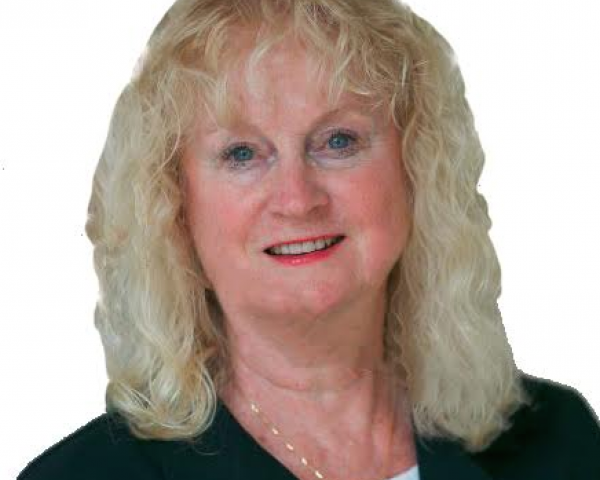Depending on which path a distributor chooses, it can either be a Happy New Year – or it can be a very un-Happy Year.
For many people, the arrival of the New Year heralds the promise of achieving bigger and better things, reaching new heights and perhaps accomplishing things that weren’t done in the prior year. 2017 is going to mark a pivotal year for agents and brokers as insurtech distributors really hit the marketplace with new ways of fulfilling customer sales and service expectations. Agency-carrier connections are a critical issue. Depending on which path a distributor chooses, it can either be a Happy New Year – or it can be a very un-Happy Year.
See also: 10 Predictions for Insurtech in 2017
Unfortunately, SMA survey results show that many distributors have a long, arduous path ahead. Sixty-three percent of responders indicated they were mainstream investors in connectivity technology, not investing for differentiation or not investing at all. This lack of investment needs to be reversed, or those distributors will likely face a very sad New Year’s Day in 2018.
Small agents with less than $1 million in premiums are in the most defensive position, with 67% believing the No. 1 business driver for investing in connectivity technology was customer retention; 58% of agents with more than $1 million in premium said retention was their main motivation.
Being the owner or principal of an insurance agency is not an easy job. There are many factors that contribute to success, but there are also many barriers. Agency survey responders indicated the top barrier to improving connectivity is workflow challenges. It is very important for agency owners and principals to assess why this is the case. If the challenge is internal culture, it is imperative that agency management work to change attitudes as quickly as possible. The other potential cause of workflow challenges is how insurers execute connectivity. Agency management needs to work with insurers on how they connect with the agency. If an insurer cannot change how they deal with connectivity issues, agency owners and principals should assess just how much value that insurer brings to the agency, and if the inefficiencies are worth it.
SMA has looked at the connectivity issue from the perspective of commercial lines insurers and personal lines insurers, and now from the agent and broker point of view. There were similar responses to many of the questions asked. For example, conflicting priorities were the No. 1 inhibitor to investment for all groups. There were also some clear differences: For instance, the majority of agents and brokers indicated they weren't satisfied with their connections with insurers, while more than 50% of personal lines insurers believed that needs are being met. Clearly, there is work to be done.
While some consumers want a completely automated insurance and sales process, a good number of others want the help of a knowledgeable insurance professional, and they want a personalized experience. There is much opportunity for agents and brokers to deliver on those expectations, but change is needed.
See also: 4 Mandates for Agents in Sharing Economy
On New Year’s Day 2017, agents and brokers should make a resolution to adopt technology that will facilitate seamless, straight-through processing to support customer requirements. This is not a resolution that can be broken. Customers are demanding service transparency and real-time execution. There are some emerging insurtech distributors who will be very happy to fulfill the needs of customers with all the bells and whistles customers have come to expect. New Year’s Day 2018 could be a sad day for the agents left behind with a deteriorating customer base.


